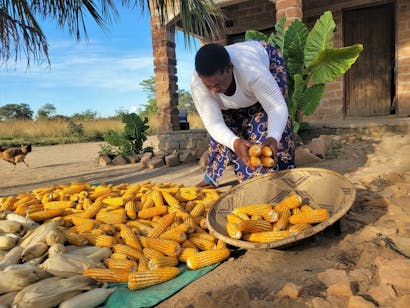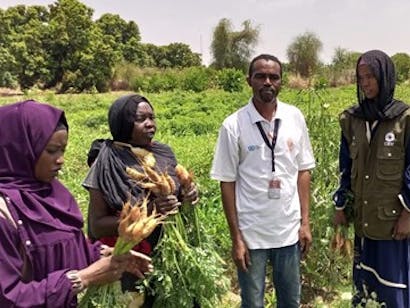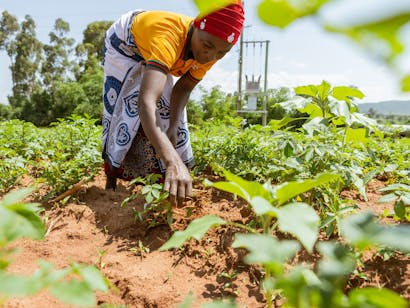Resilient livelihoods in the Philippines
Years of work on reducing disaster risks among high-risk communities in the Philippines are bearing fruit in terms of saving lives. Equal attention must be given to saving livelihoods in order to achieve household and community resilience.

Disasters cause substantial losses not only in lives but also in livelihoods. Chronic disasters cause the adverse impacts of these losses to accumulate by not allowing affected households to rebuild their livelihoods and recover. The accumulated negative impacts of recurring disasters on household livelihoods have long-term effects, reinforcing intergenerational transmission of poverty and pushing poor households further into greater vulnerability.
This study documents the various experiences of households and communities that, sustaining serious losses particularly from the Bopha disaster in 2012 and Haiyan in 2013, have emerged successful in adopting strategies that would protect their livelihood assets and capacities from anticipated recurring disasters. From the lessons and good practices, in the context of largely rural and agricultural communities, the strategies in achieving resilience in livelihoods are identified.


